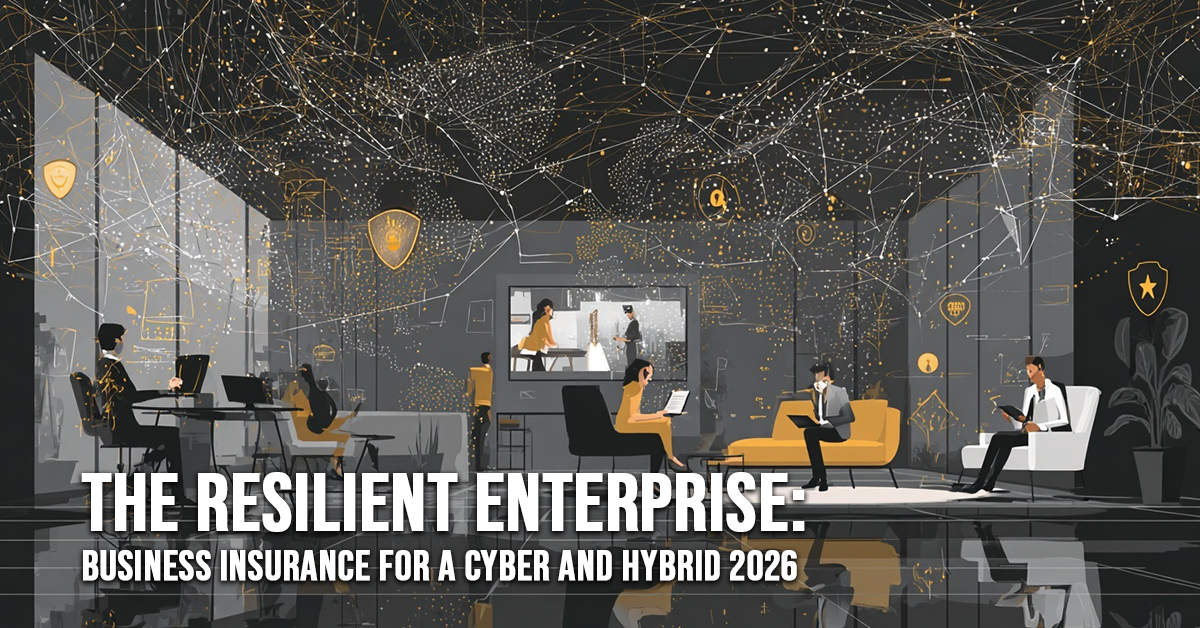The Resilient Enterprise: Business Insurance for a Cyber and Hybrid 2026

The Resilient Enterprise: Business Insurance for a Cyber and Hybrid 2026
As we move into 2026, the modern business landscape is a complex tapestry woven with new technologies, remote work models, and an ever-present threat of cyberattacks. The traditional one-size-fits-all business insurance policy is no longer sufficient. To truly protect their assets and ensure continuity, business owners must adapt their insurance strategy to a new generation of risks. This is a time for proactive planning, not reactive damage control.
The number one concern for businesses of all sizes is cybersecurity. The move to a hybrid and remote workforce has decentralized data, making companies more vulnerable than ever to data breaches, phishing scams, and ransomware attacks. A single breach can be catastrophic, leading to millions of dollars in losses from legal fees, data recovery, and reputational damage. Standard commercial liability policies almost never cover these events. This is why cyber liability insurance has become an essential line of coverage. A robust cyber policy can cover the costs of a data breach, including:
- Data restoration and recovery
- Notification costs for affected customers
- Public relations to manage reputational harm
- Legal fees and regulatory fines
A cyber policy is no longer a luxury for tech companies; it’s a necessity for any business that stores customer data, processes online payments, or relies on a digital network.
Another area that has been profoundly affected by the shift in work is workers’ compensation. With employees working from home, the definition of the “workplace” has expanded beyond the office walls. A slip and fall in an employee’s home office or an injury sustained while running a business errand could potentially lead to a workers’ comp claim. It’s crucial for businesses to work with their insurance provider to understand how their policy applies to a remote workforce. Some carriers may offer specific endorsements or require certain safety protocols to be in place for remote employees.
Furthermore, the overall business climate, while stabilizing, is still full of challenges. Ongoing supply chain issues and “social inflation”—the rising costs of legal claims and jury awards—continue to drive up the cost of certain coverages, particularly commercial auto and general liability. Businesses need to be diligent in their risk management to keep premiums in check. This includes having strong safety protocols, robust cybersecurity measures, and a comprehensive understanding of their supply chain vulnerabilities.
As we head into 2026, the best strategy for a business owner is to work with an experienced insurance broker who understands the modern risks of a hybrid, digital world. Don’t be afraid to ask tough questions about your coverage. Are you truly protected against a cyberattack? Does your workers’ comp policy cover your remote employees? Is your business interruption coverage sufficient to handle a supply chain disruption? By being an engaged and informed leader, you can build a truly resilient enterprise that is prepared for whatever the new year brings.



